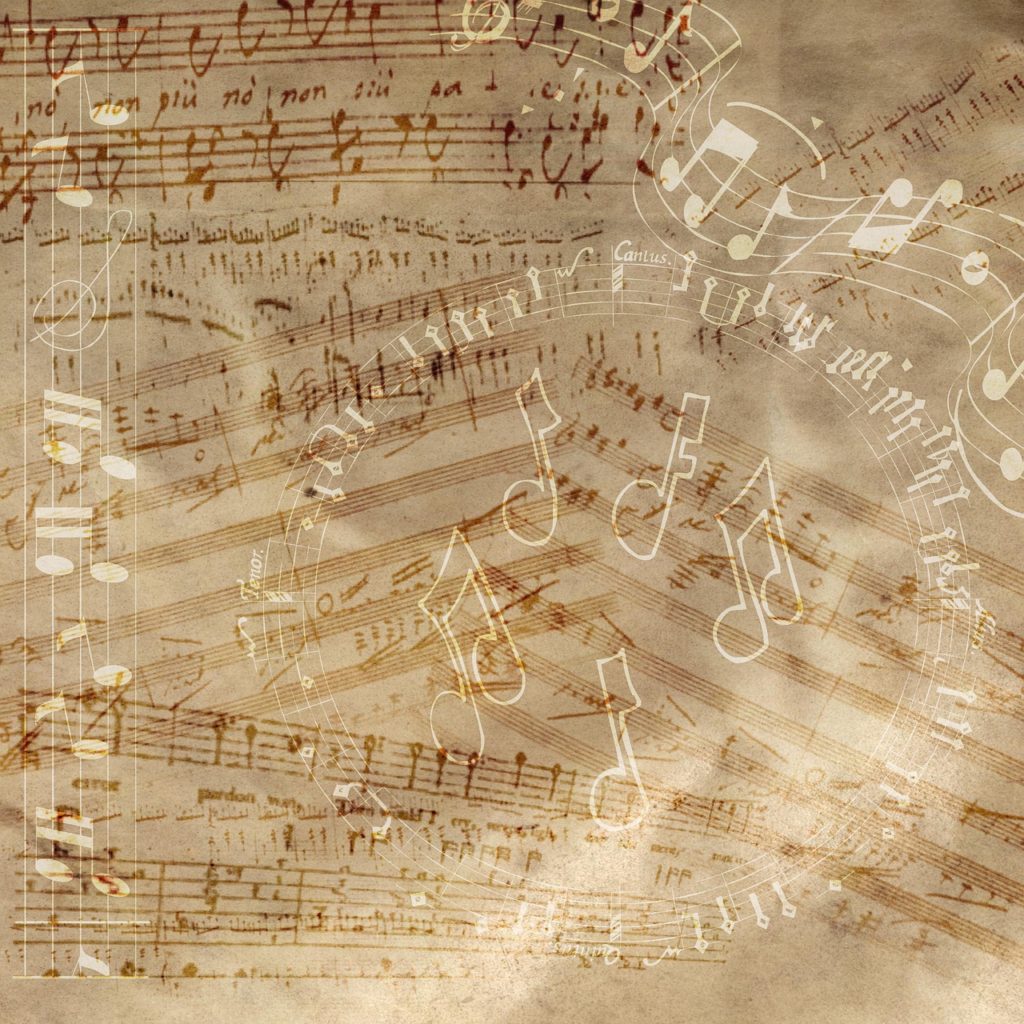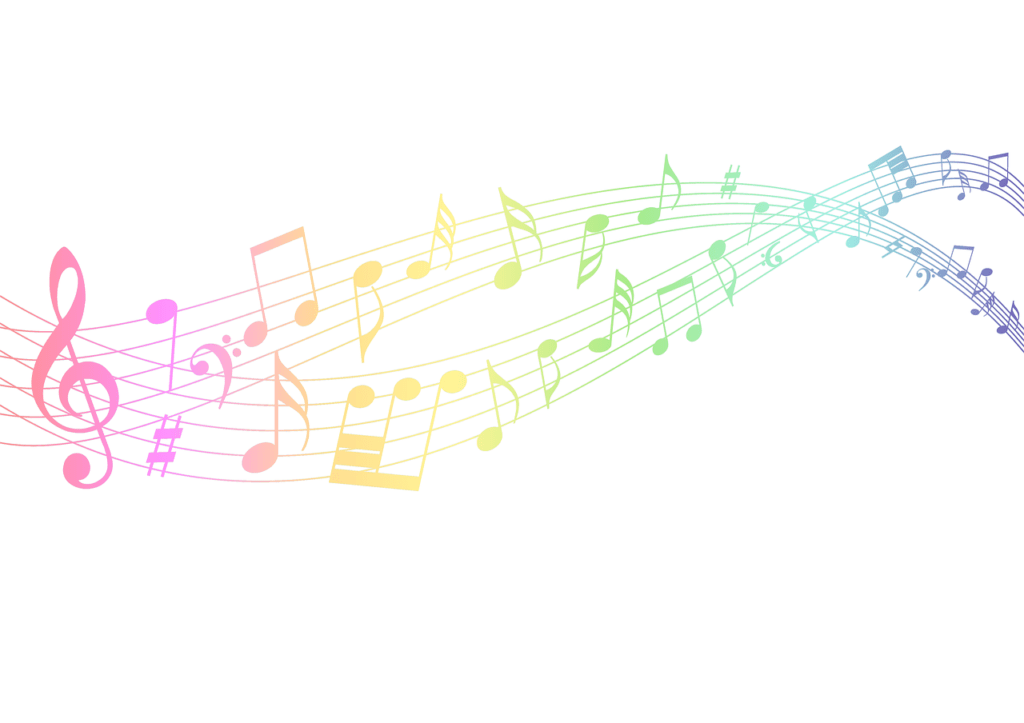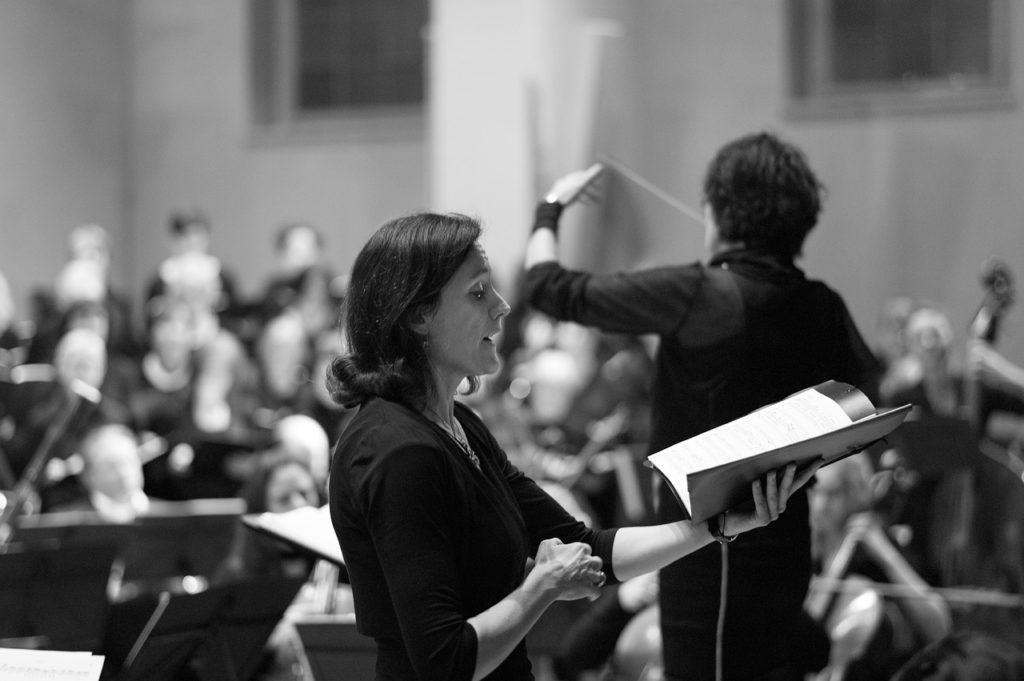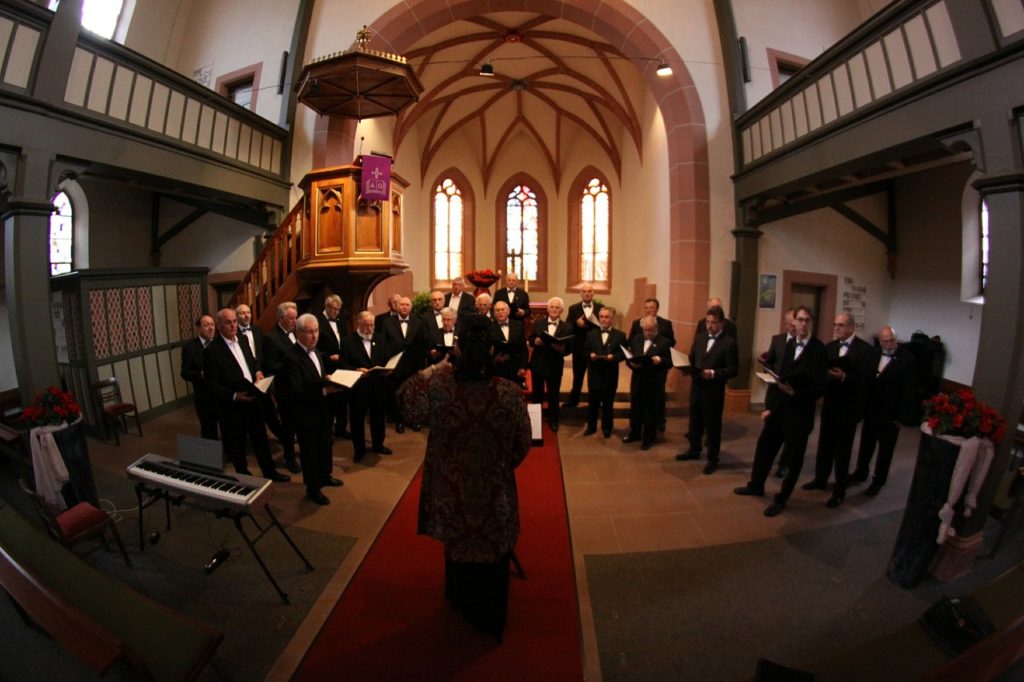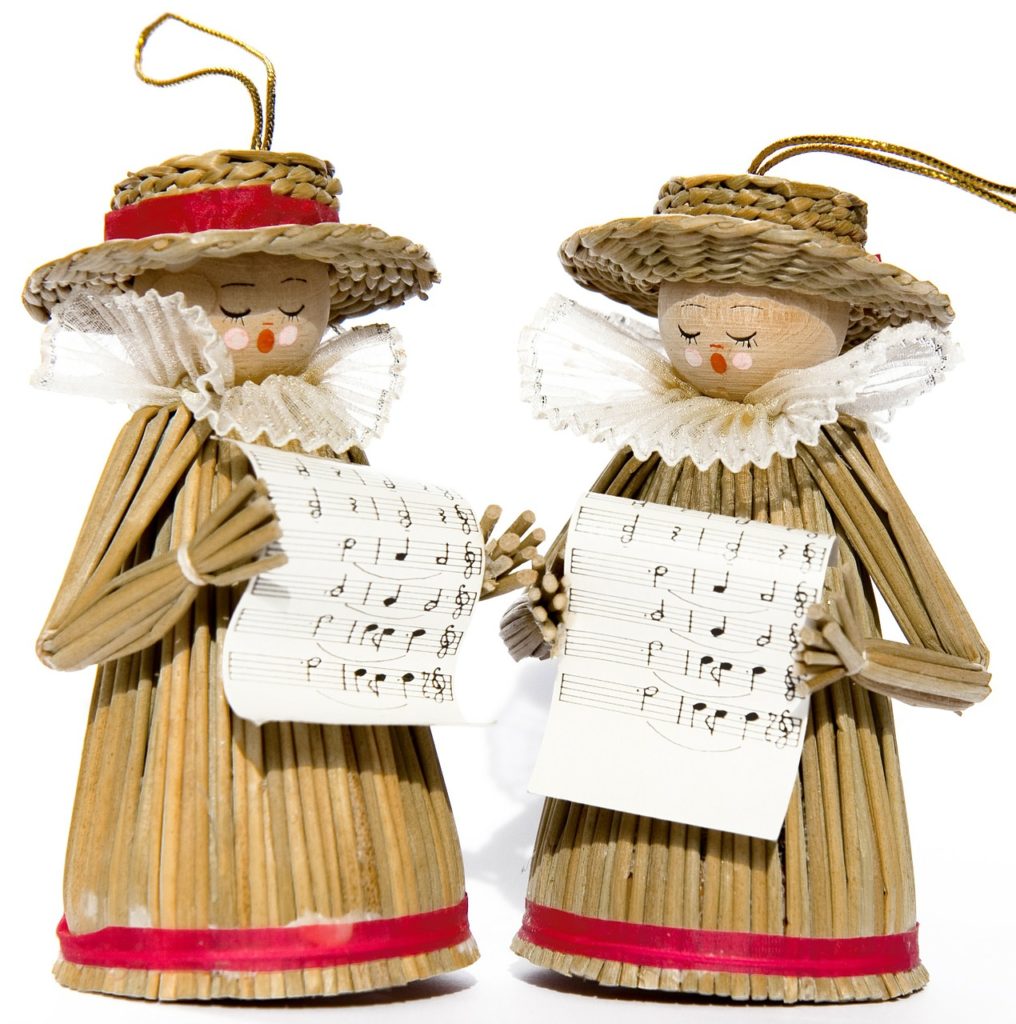Special Needs

Looking for information on special needs music lessons? The Successful Music Student blog archive contains posts about teaching special needs music.
Special Needs
Catchall Term
The name special needs functions as a catchall term. The name says it all. Special needs students have special needs above and beyond the typical learner student. This can include students with:
They are all Different
Beyond the common factor that all these students have special requirements, they all relate to the world around them in diverse ways. They sometimes:
- learn differently
- socialize differently
- act differently
- move differently
- converse differently
- need adapted gear or learning supplies
This means that students need to be met where they are at, and the teaching process needs to be tailored to them.
This does not mean that they will all learn, socialize, act, move, or converse in the same ways. Two students with special needs can be vastly different from each other. Even two students with the same diagnosis can be extremely different from each other.
OR two students may have similar traits, even with different diagnoses. It really depends on the student what you get.
Some students will socialize fine, but have problems with reading, math, or writing. Other students have no problems learning in school, but will find socializing difficult.
Still others will be fine with learning and socializing. Nevertheless, they will need a wheelchair or have issues with muscle strength or coordination. Some students may have problems saying words clearly or need a talker. However, they have no problems with any of the issues mentioned earlier. Finally, some students may have aspects of many or all of these issues blended together.
This makes teaching a challenge. Yet, it is a challenge worth taking up. Also, with multisensory teaching methods, you can win the challenge, and the student can learn.
© 2021 Geoffrey Keith
Back to the Successful Music Student Blogs page
Do you have a hard time reading rhythm notation? (Or are you a teacher who has students that struggle with rhythm?) This remains a common issue with many musicians, but especially with LD, ADD, and special needs students. Read more to learn color coded quarter note clapping. Estimated reading time 4 minutes.
Have you mastered reading basic sixteenth notes rhythmic syllables and want to be able to perform dotted eight note/sixteenth note pairs? The more complex the rhythm becomes, the more fun you’ll have with the melodies. Read more to learn about singing dotted eighth note rhythm. Estimated reading time 3 minutes.
Have you gotten down reading the easier rhythmic syllables, but want to learn more? As you progress, you will hear that the added rhythm makes performing melodies much more fun. Read more to learn about singing sixteenth note rhythmic syllables. Estimated reading time 4 minutes.
Have you ever had students who don’t hold their notes long enough? This remains a very common problem with all students, not just with ADD, LD, and special needs students. Read more to find out how color coded note head extenders can help your students to read rhythm better. Estimated reading time 2 minutes.
Have you learned how to sight sing natural minor melodies, but want to be able to sing harmonic minor too? I can help. Read more to learn about singing shape note harmonic minor melodies. Estimated reading time 5 minutes.
Have you gotten down sight singing major melodies, but want to be able to sing minor melodies? You have come to the right place. Read more to learn about singing shape note solfege minor melodies. Estimated reading time 3 minutes.
Have you gotten basic sight singing down, but want to expand beyond seven notes? Look no further. In this post you will sing both sharp and flat solfege notes with an emphasis on the flats. Read more to understand singing shape note solfege flats. Estimated reading time 3 minutes.
Do you have basic sight singing down, but want more than seven notes? “Sight Singing Chromatic Shape Notes” shows you how to sing sharps. In the last shape note post, we sang the first half of the chorus from “You’re a Grand Old Flag.” In this post, we will sing the second half of the chorus. However, we will need to learn how to sing sharp notes to do this. Read more to learn about sight singing chromatic shape notes. Estimated reading time 3 minutes.
Do you struggle with singing accurate rhythm? This post expands your rhythmic flexibility, which makes singing melodies more fun. Click to learn how to sing with the Kodály rhythmic syllables. Estimated reading time 3 minutes.
What are sharps and flats, where did they come from, and how can we make it easier to read them? Read more to learn how to color code key signatures. Estimated reading time 3 minutes.



